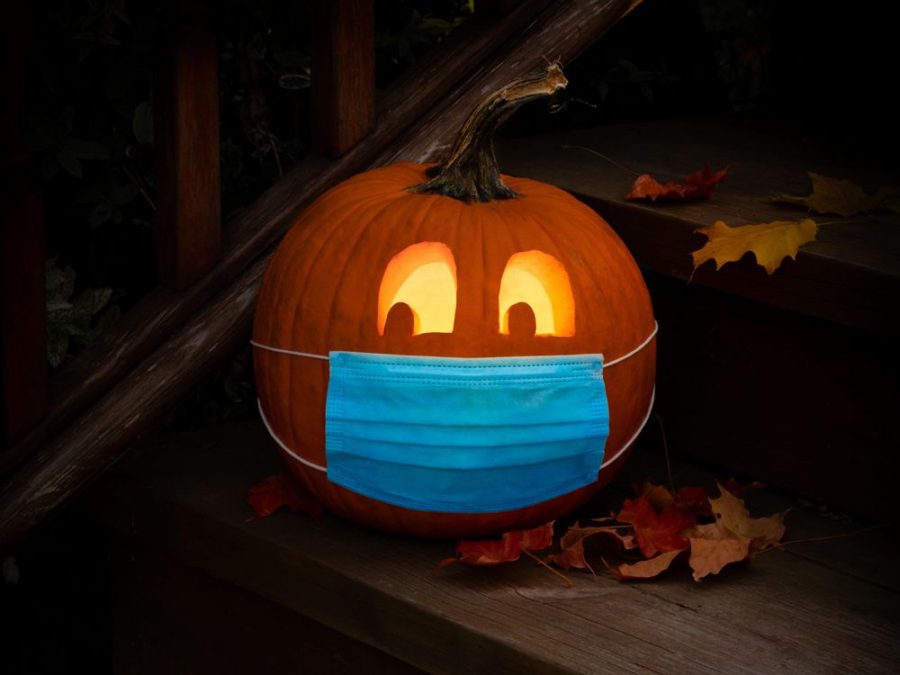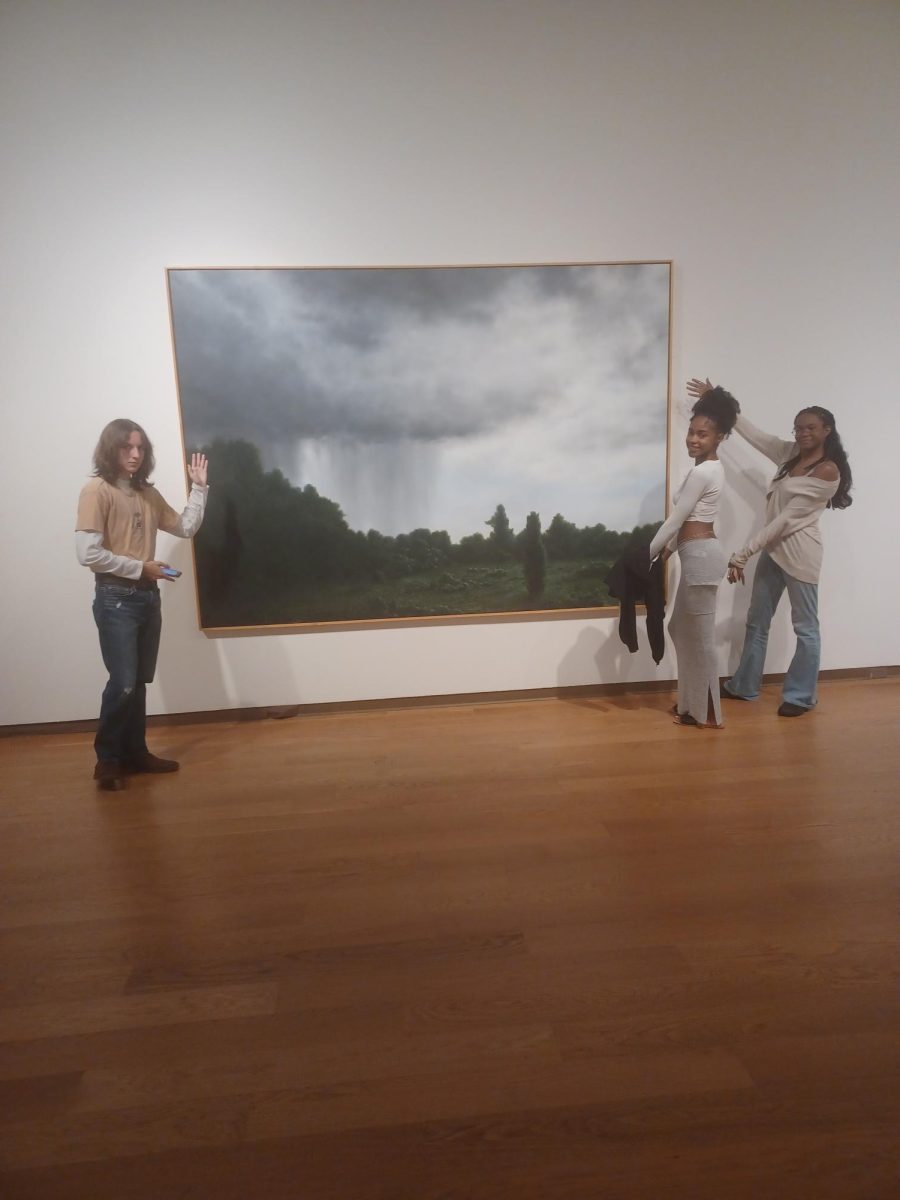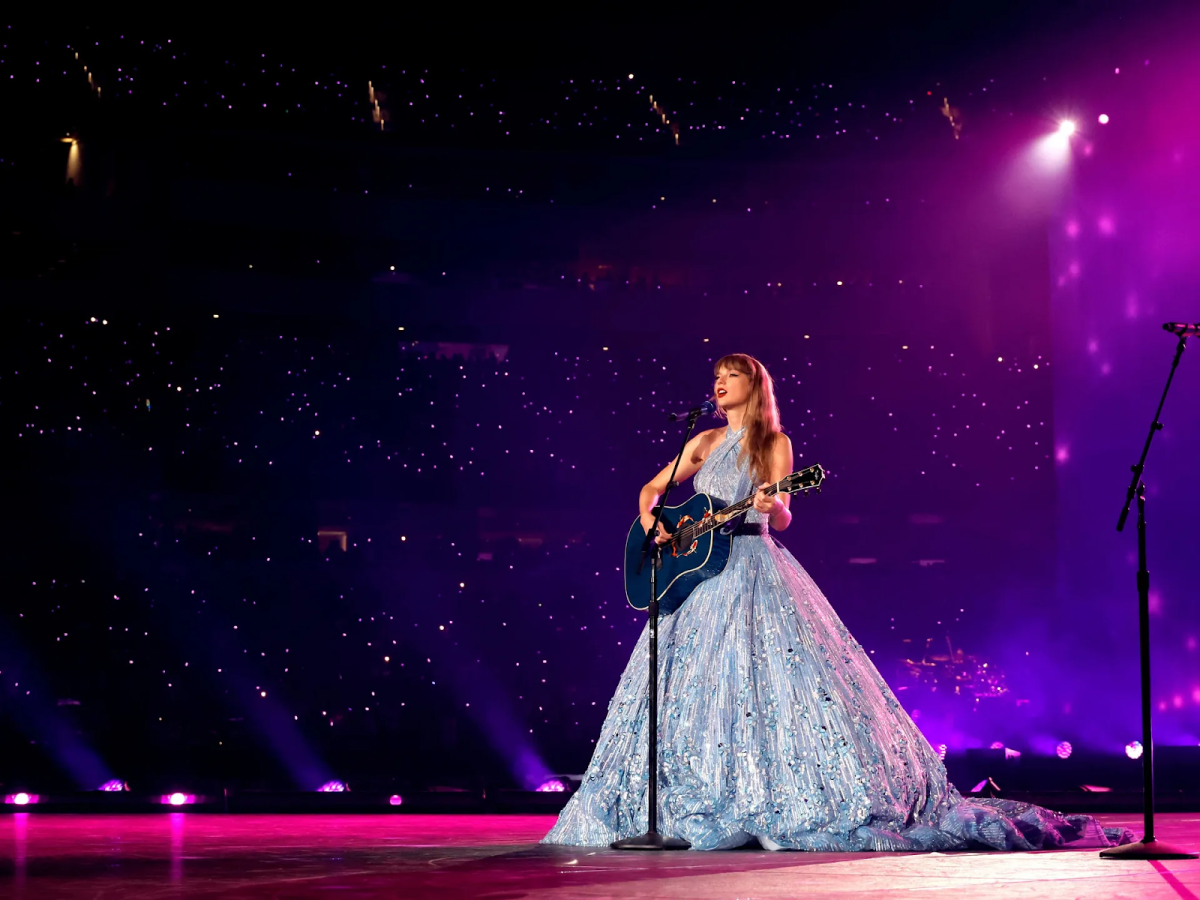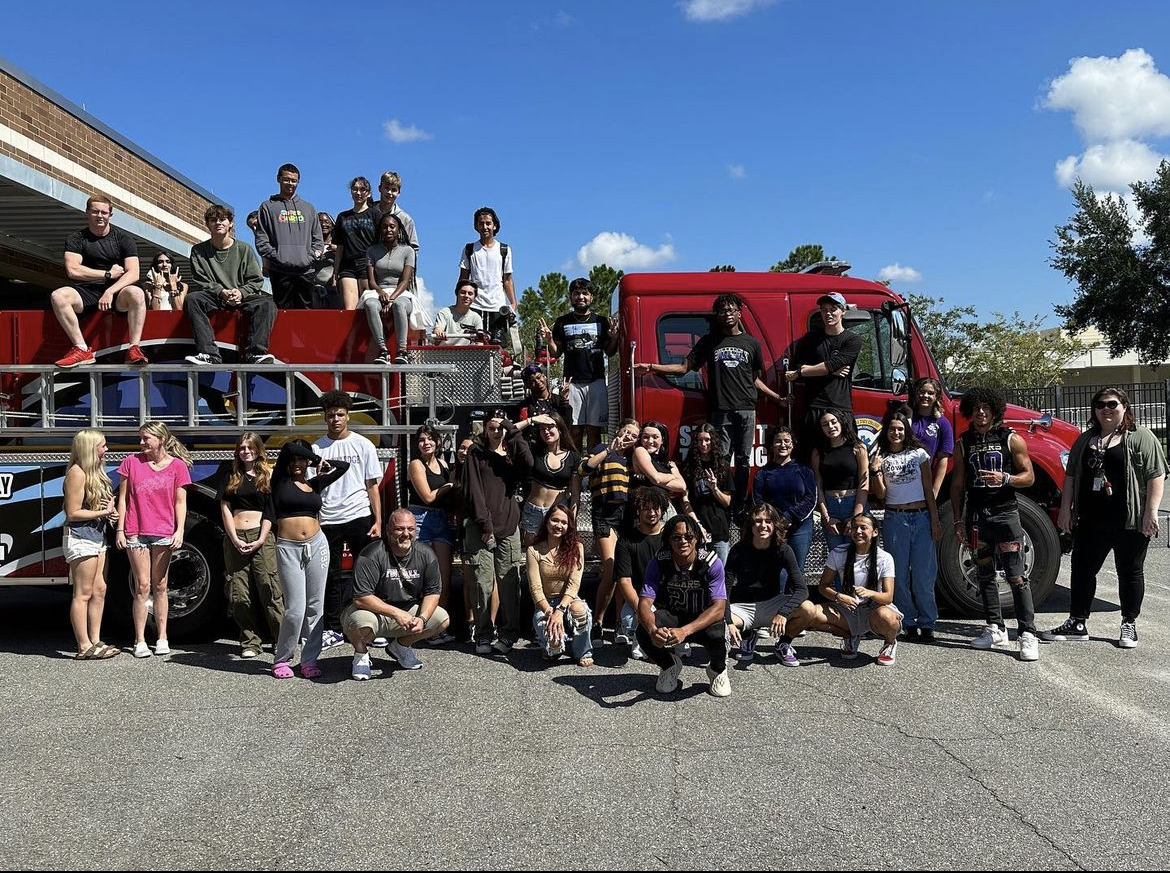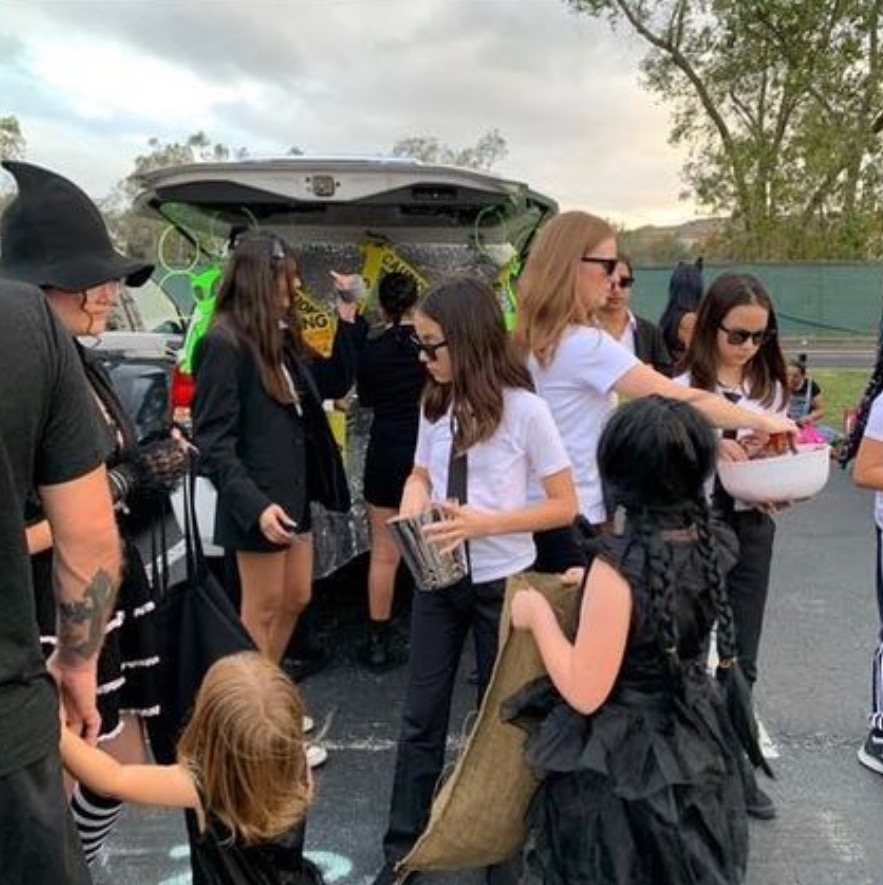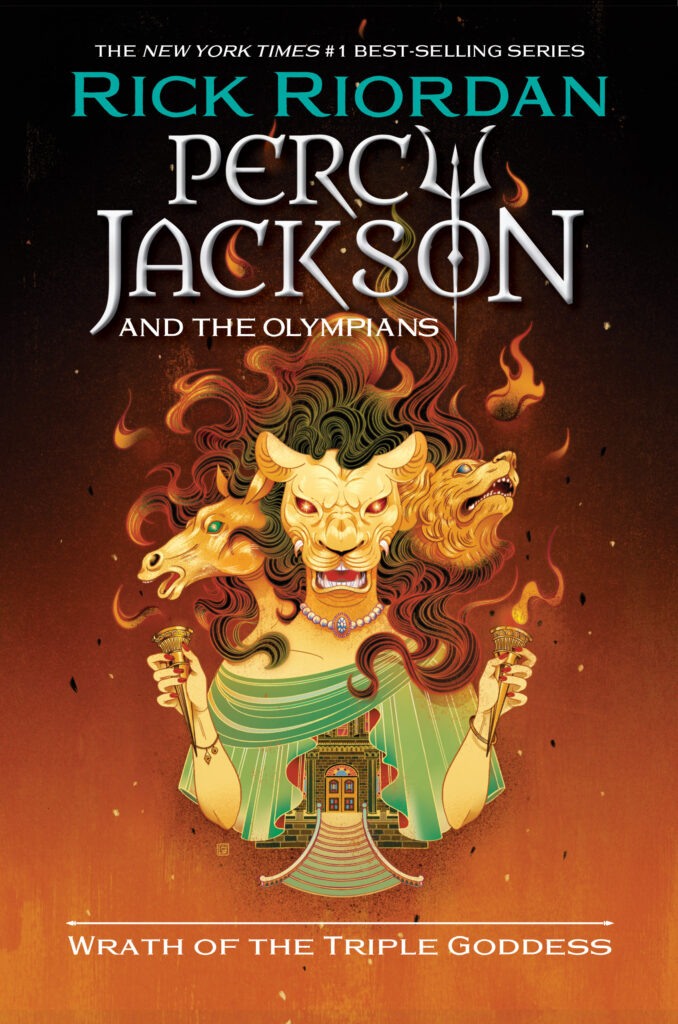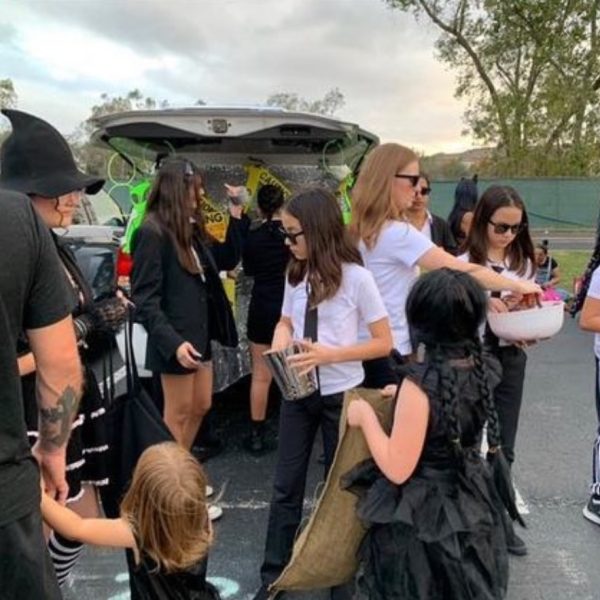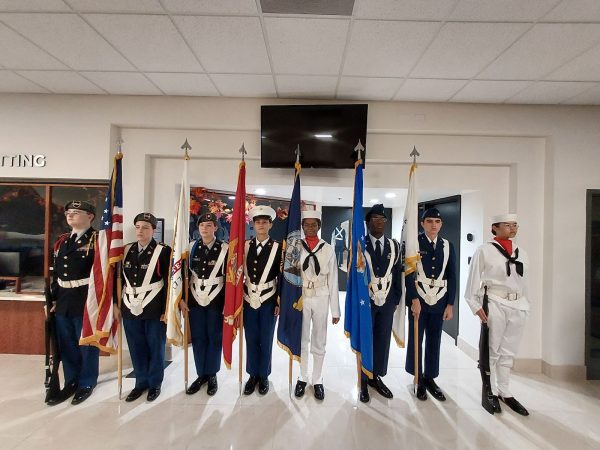Covid-19 Affects Halloween Traditions
October 15, 2020
With the holiday season coming up, the top question arising is. How will many of the common traditions play out? One of the biggest traditions this month is Halloween, which is celebrated on October 31. On Halloween, many kids and teens dress up as their favorite characters or represent the latest trends and go trick-or-treating: knocking door to door asking for candy. People who celebrate and hold traditions on Halloween will be happy to hear that the CDC has come out saying that Halloween will still happen, but it will look very different as most things have this year.
The CDC has provided a list of low-risk activities that can be done during Halloween. For example, it suggests that events like costume contests should take place virtually this year, as well as parades and festivals. The CDC also suggests celebrating Halloween by watching a scary/halloween movie with the people you live with, carving pumpkins, decorating your house, and hosting halloween themed scavenger hunts around your house.
They also gave a list of moderate risk activities such as social distanced one-way trick-or-treating, having small intimate outdoor gatherings with open air and social distancing, visiting very sanitized pumpkin patches that are taking many precautions such as sanitization before touching pumpkins or apples as well as with good social distancing, or having an outdoor movie night with a small intimate group.
They have also provided safe activities for the holiday Dia De los Muertos that starts on October 31. This is a very beautiful Mexican holiday where Mexican people make an altar called an Ofrenda dedicated to family members who have passed away as a way to remember them. A few of the activities the CDC has advised with lower risks are preparing traditional family dishes and safely delivering them to family and friends, playing music for passed loved ones, making the Ofrenda, and having a virtual celebration. For moderate risk activities they have said to have small outdoor group get-togethers, decorating graves of passed loved ones, and having small dinners with family and friends.
The CDC has given a list of high risk activities that should be avoided such as having large indoor parties, drugs or alcohol that can cloud judgement, indoor haunted houses, trunk-or-treating, and traditional trick-or-treating, activities with large crowds and no open air can because the spread of the virus to be higher since everyone is so close together, and the air can not circulate as well.
The CDC also cautions that when ingesting food or drinks, remember that it is still unknown if the virus can transmit via food. The virus can be transmitted through surfaces which can include objects such as utensils, food packaging, and plates. Also, the CDC advises that people avoid self served food, and always wash their hands with soap and water before touching or serving food. In addition, they have also advised people to consider bringing their own food and drinks to events.
Finally, the CDC recommends that if you go to a high risk event to quarantine for a period of 14 days to make sure you are well and not infectious. The CDC has given us all this information and suggestions all in order to keep everyone safe while still being able to old traditions that have been going on for such a long time.

